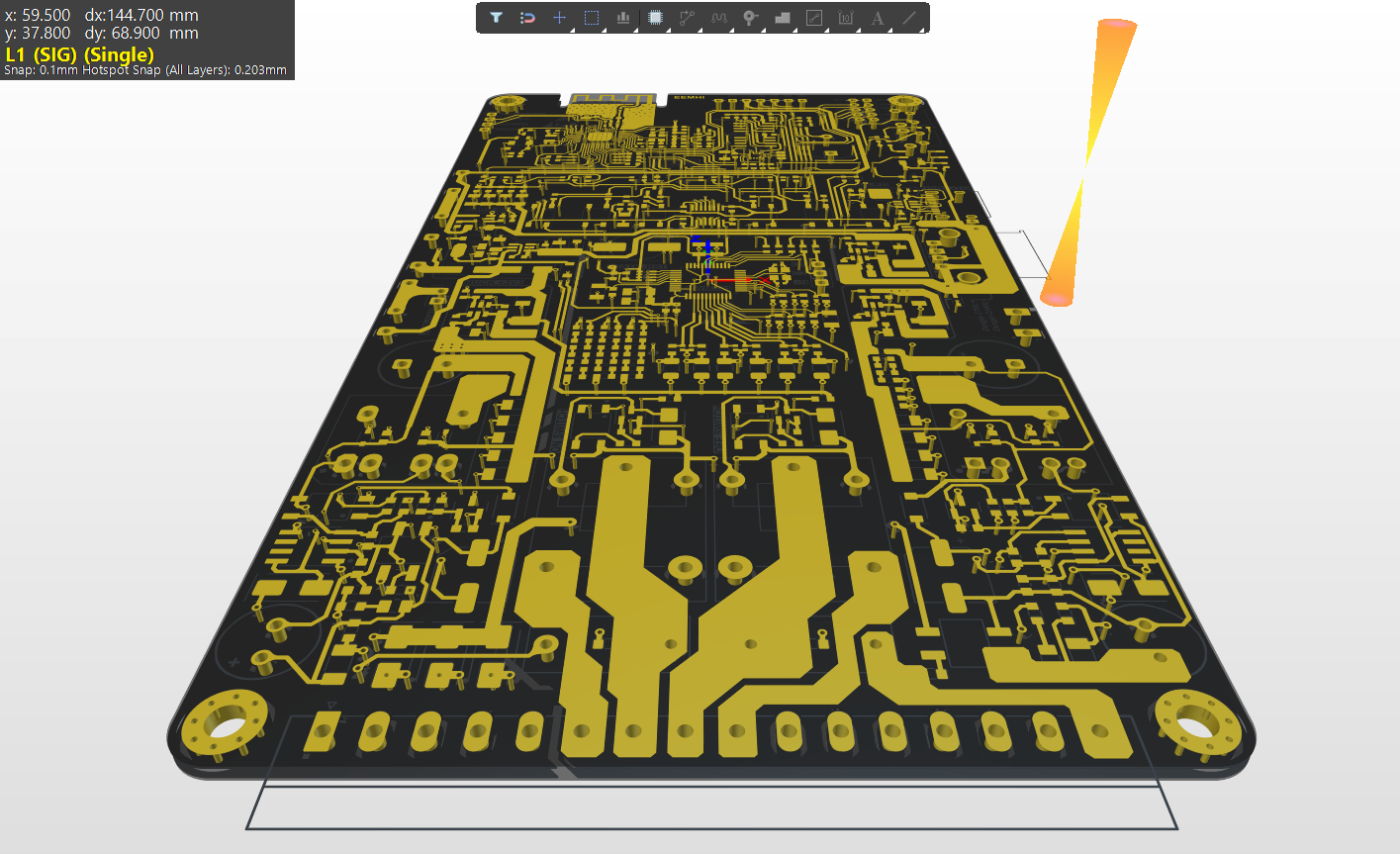Service
Embedded Product Development
Overview
As a professional embedded systems engineer, I offer end-to-end embedded project development services. These services cover all aspects of embedded systems, including hardware design, firmware development, integration, testing, and deployment. The objective is to deliver robust, efficient, and tailored embedded solutions that meet the specific needs of each client.
Strategy
- Client Requirements Gathering
- Objective: Understand the client’s project needs and specifications.
- Details:
- Conduct an initial consultation with the client to discuss their project requirements, objectives, and constraints.
- Collect detailed technical specifications, including desired functionalities, performance metrics, hardware and software requirements, and any specific protocols or components.
- Identify the end application of the embedded system to ensure the design meets the intended use case.
- Feasibility Study and Preliminary Design
- Objective: Assess the feasibility of the project and create an initial design concept.
- Details:
- Evaluate the technical and financial feasibility of the project based on the client’s requirements.
- Perform a preliminary analysis to identify potential challenges and solutions, such as power management, signal integrity, and EMI/EMC compliance.
- Develop an initial hardware and firmware design concept using tools like Altium Designer for PCB design and IDEs like Keil, MPLAB X, or Arduino IDE for firmware development.
- Provide the client with a preliminary design report and cost estimate for approval.
- Detailed Hardware and Firmware Design
- Objective: Develop detailed hardware and firmware designs and validate their performance through simulations and prototyping.
- Details:
- Create detailed schematic diagrams and PCB layouts using advanced design software like Altium Designer or KiCad.
- Ensure adherence to design principles suitable for the chosen microcontrollers (e.g., ESP32, STM32, ATmega328P) and communication protocols (SPI, UART, I2C).
- Develop the firmware using appropriate development environments, ensuring efficient and reliable code.
- Perform simulations to validate the hardware design’s performance, including signal integrity analysis, thermal analysis, and power distribution analysis.
- Prototype the hardware and develop initial firmware to test basic functionalities.
- Prototyping and Testing
- Objective: Manufacture a prototype embedded system and conduct thorough testing to ensure it meets the design specifications.
- Details:
- Coordinate with PCB fabrication and assembly partners to produce prototype boards.
- Perform functional testing, signal integrity testing, and thermal testing on the prototypes, focusing on interfaces such as SPI, UART, and I2C.
- Develop and execute a comprehensive test plan to validate both hardware and firmware functionalities.
- Identify and resolve any issues found during testing, and iterate the design and firmware if necessary.
- Document the testing process and results for client review.
- Integration and System Testing
- Objective: Integrate the hardware and firmware into the final system and perform extensive system testing.
- Details:
- Integrate the hardware and firmware, ensuring seamless operation of all components and interfaces.
- Conduct system-level testing to validate the overall functionality, performance, and reliability of the embedded system.
- Perform stress testing, environmental testing, and compliance testing as required.
- Optimize both hardware and firmware based on testing results to ensure optimal performance.
- Final Design Review and Delivery
- Objective: Finalize the embedded system design and deliver all necessary documentation and files to the client.
- Details:
- Conduct a comprehensive design review with the client to ensure all requirements are met.
- Make any final adjustments to the design and firmware based on client feedback.
- Prepare all necessary documentation, including design files, firmware source code, Gerber files, BOM (Bill of Materials), assembly drawings, and test reports.
- Provide the client with the final design package and offer support for the initial production run if required.
- Deployment and Support
- Objective: Assist with the deployment of the embedded system and provide ongoing support.
- Details:
- Support the client during the initial deployment phase to ensure smooth integration and operation.
- Provide training and documentation to the client’s team for maintenance and troubleshooting.
- Offer ongoing support and maintenance services, including firmware updates, hardware modifications, and technical assistance.
